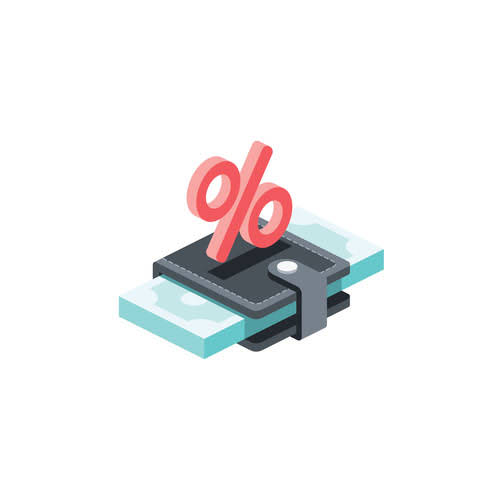Liabilities in Accounting: Understanding Key Concepts and Applications


Some common examples of liability accounts include accounts payable, accrued expenses, short-term debt, and dividends payable. The analysis of current liabilities is important to investors and creditors. For example, banks want to know before extending credit whether a company is collecting—or getting paid—for its accounts receivable in a timely manner.
Disadvantages of Liabilities
Liabilities and equity are listed on the right side or bottom half of a balance sheet. Non-Current liabilities have a validity period of more than a year. In many cases, the accountant also presents additional information about the liabilities such as the type of creditor, the reason that the liability was created, and the existence of collateral agreements. Answering the first question requires that the accountant determine the likelihood that the payment will be made. For liabilities to exist, an event or transaction must already have occurred. To recognize a liability, a firm does not need to know the actual recipient of the assets that are to be transferred, or for whom the services are to be performed.


Which of these is most important for your financial advisor to have?
Along with the shareholders’ equity section, the liabilities section is one of the two main “funding” sources of companies. Our work has been directly cited by organizations including MarketWatch, Bloomberg, Axios, TechCrunch, Forbes, NerdWallet, GreenBiz, Reuters, and many others. Go a level deeper with us and investigate the potential impacts of climate change on investments like your retirement account. Accounting for liabilities has been shaped mostly by common practice. Disclosures related to the liabilities of National Distillers and Chemical Corporation are illustrated below.
The debt to capital ratio
Monitoring and managing these liabilities are essential for maintaining a healthy financial position and avoiding potential disruptions in cash flow. Long-term liabilities are obligations or debts that a company expects to settle over a period longer than one year or its normal operating cycle. Long-term liability account definition loans are debts that are scheduled to be repaid over several years, often with fixed interest rates. These lease obligations are considered long-term liabilities.Pension obligations arise when a company provides retirement benefits to its employees, promising to make future payments after they retire.
Recognition and Measurement of Liabilities
Liabilities are recorded on a company’s balance sheet along with assets and equity. This includes interest payments on loans (but not necessarily the principal of the loan), monthly utilities, short-term accounts payable, and so on. Although they aren’t distributed until January, there is still one full week of expenses for December.
What Are Current Liabilities?
To give another example, the exchange of promises of future performance between two firms or individuals does not result in the recognition of liability or the related asset. Thus, some liabilities are incurred in the normal course of business as a management choice, whereas others are imposed on the firm by governmental authorities. In some special cases, it may be held that the claim is more like equity than a liability. This definition excludes claims that are expected to arise from events that will happen in the future.
Liability (financial accounting)


What Is Accrued Liability?
What are assets?
- A liability is a debt or other obligation owed by one party to another party.
- Current liabilities are scheduled to be payable within one year, while long-term liabilities are to be paid in more than one year.
- When a payment of $1 million is made, the company’s accountant makes a $1 million debit entry to the other current liabilities account and a $1 million credit to the cash account.
- Adam Hayes, Ph.D., CFA, is a financial writer with 15+ years Wall Street experience as a derivatives trader.
- A liability is anything that’s borrowed from, owed to, or obligated to someone else.
- This can give a picture of a company’s financial solvency and management of its current liabilities.
